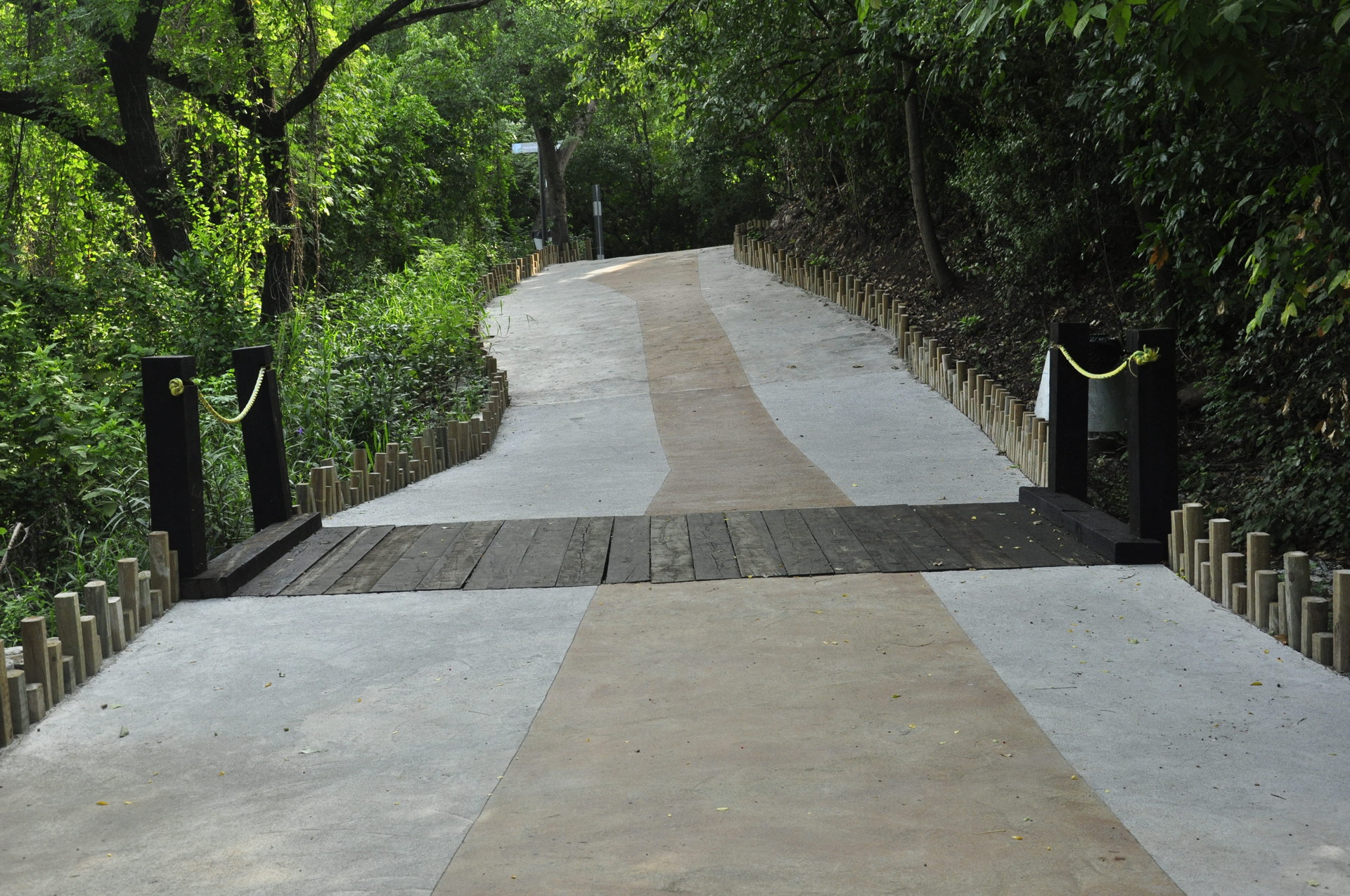
Initiatives such as The Global Partnership on Forest and Landscape Restoration (GPFLR) unite governments, organizations, communities, and individuals with a common goal: restoring the world’s degraded and deforested lands.126 million hectares of land has been committed for restoration by governments of 30 countries. The Africa Forest Landscape Restoration Initiative (AFR100), launched at the Global Landscapes Forum in Paris in December 2015, has a target of restoring 100 million hectares across the continent by 2030.Initiative 20x20, which will also support the Bonn Challenge, aimed to restore 20 million hectares in Latin America and the Caribbean by 2020, and 50 million hectares by 2030.New York Declaration on Forests – often called the “expanded Bonn Challenge” - set a goal of restoring another 200 million hectares by 2020 and additional 200 million hectares by 2030.Progress is measured by the BC barometer, which has so far been applied in 22 countries, already bringing 45 million hectares under restoration.

More than 60 countries or jurisdictions have made pledges to the Bonn Challenge.

This interdisciplinary framing emphasizes the biogeophysical and socio-cultural influences on landscapes and the need to consider these influences – and the interactions among them – in management. Building on emerging theoretical and empirical literature, I offer a perspective on temperate forest landscapes as social-ecological systems: nested sets of coevolving social and natural subsystems connected through feedbacks, time lags, and cross-scale interactions. Moreover, many definitions do not fully account for the many ways social and ecological conditions and processes interact within landscapes.

However, as there are differing definitions of landscapes, it can be difficult to develop frameworks for management. The landscape has been put forth as an appropriate unit for such holistic approaches to management. For this reason, many ecosystem managers have begun to recognize the need to consider the broader context of decisions, and how outcomes of past, present and future decisions in one location may interact with outcomes of such decisions in other locations nearby. Many of the most pressing threats to forests result from complex interactions between multiple stressors and require management on large spatial and temporal scales.


 0 kommentar(er)
0 kommentar(er)
